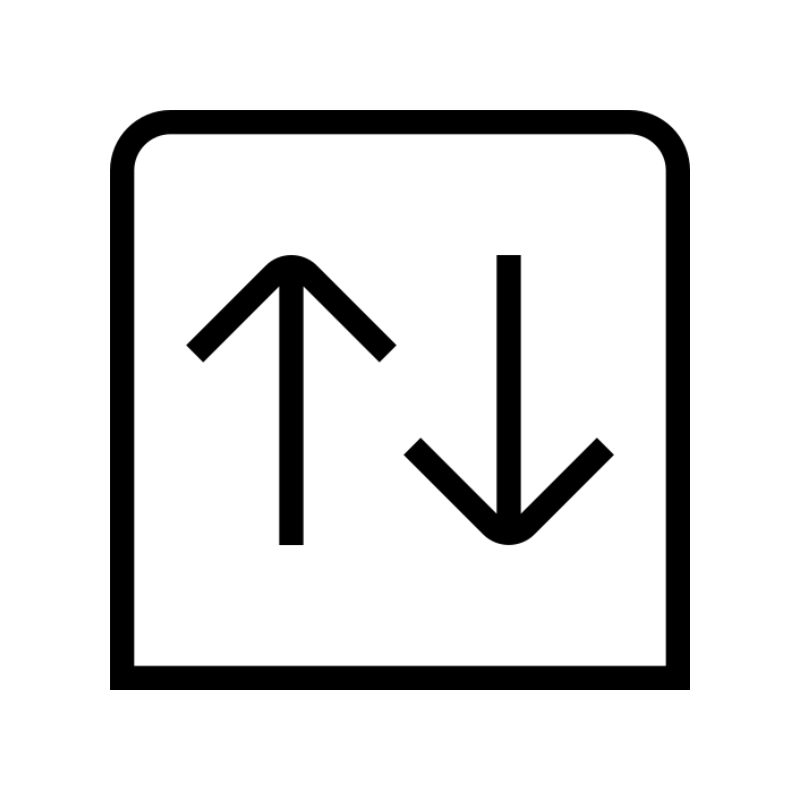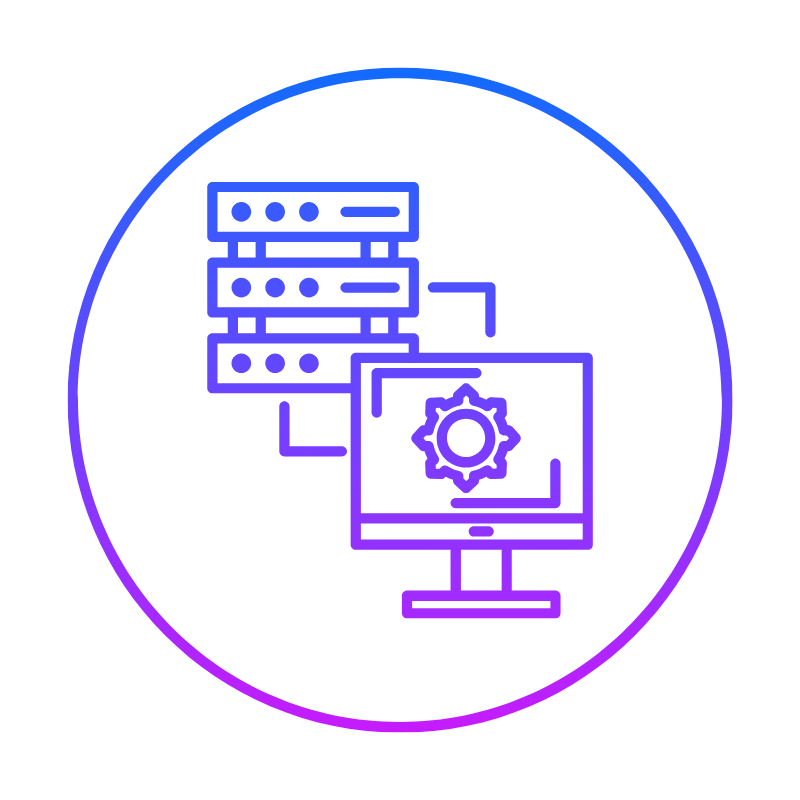You are in the Philippines, maybe on a remote island or in a rural barangay.
Your internet is trash—laggy video calls, buffering Netflix, or dropped Zoom meetings.
You’ve heard about Starlink, Elon Musk’s satellite internet, promising to fix all that.
But it is pricey, and you are wondering: is it worth it?
Well, you are in luck because I’m digging into the real deal—costs, speeds, reliability, and whether it’s the right move for you.
Why Truehost.ph Is Your Go-To for Building an Online Presence
Before we dig in, let’s talk about getting online the smart way.
If Starlink is your ticket to better internet, you will want a website to match—whether it is for your business, blog, or side hustle.
Truehost.ph offers the cheapest domain registration in the Philippines, starting at rock-bottom prices.
Grab a domain at Truehost.ph to stake your claim online.
A fast internet connection like Starlink paired with a sleek domain?
That is how you build a digital presence that screams “I’m legit.”
Now, let’s get to the Starlink question.
Starlink Philippines: What’s the Deal?
Starlink, run by SpaceX, uses low-orbit satellites to beam internet to your house.
Unlike traditional ISPs like PLDT or Globe, it doesn’t rely on cables or cell towers.
This makes it a game-changer for remote areas—think far-flung islands or mountain provinces.
But with a steep price tag, you need to know if it’s worth your pesos.
Let’s break it down: costs, performance, and real-world use.
Starlink Costs in 2025: Can You Afford It?
Starlink’s not cheap. Here’s the breakdown of what you’re paying:
- Hardware Cost: Php 28,000 for the Standard Kit, Php 33,500 for the Mini Kit. One-time purchase.
- Residential Plan: Php 3,800/month (up from Php 2,700 in 2024). For fixed home use.
- Roam Unlimited Plan: Php 5,700/month. Use it anywhere in the Philippines.
- 50GB Roam Data Plan: Php 3,000/month. A budget-friendly option for light users.
- Refund Policy: Full refund within 30 days; 50% refund within a year if you bail.
Compare that to Globe’s prepaid fiber at Php 699/month with 60 Mbps down.
Or PLDT’s 1Gbps fiber for Php 2,700/month in some areas.
Starlink’s upfront cost—Php 28,000 just for the dish—can feel like buying a new phone.
For context, my cousin in Bohol dropped Php 28,000 on the Standard Kit.
He winced at the price but said it’s his only option since fiber hasn’t reached his barangay.
Starlink Speeds: Fast Enough for You?
Speed is why you’re here.
Starlink’s marketed as delivering 50–500 Mbps download speeds with 20–150 ms latency.
Real-world tests tell a different story:
- Ookla (July 2024): Median download speed of 48.14 Mbps, trailing fiber’s 94.42 Mbps.
- Speedtest (3Q 2024): 26.8 Mbps download, slower than major ISPs.
- User Reports: Some hit 100–150 Mbps consistently, others as low as 25 Mbps.
Upload speeds? Often 10–50 Mbps, which can be a pain for remote workers uploading big files.
Latency’s a bigger issue—50–150 ms isn’t great for gaming or live streaming.
Think Mobile Legends lagging at 80 ms or Zoom calls freezing mid-sentence.
But for rural folks like my friend in Romblon, who used to deal with 2 Mbps DSL, Starlink’s a lifeline.
He streams YouTube at 1080p without buffering, something he never thought possible.
Reliability: Does Starlink Hold Up?
Starlink is biggest flex is working where others don’t.
It is reliable in remote areas—think Palawan or Siargao—where fiber or 5G isn’t an option. But there are catches:
- Weather: Heavy rain or storms can cut your signal or spike latency. One user in Bohol said it drops completely during typhoons.
- Congestion: During peak hours, speeds slow down due to network throttling.
- Hardware Setup: You need a clear view of the sky. Trees or buildings? Your signal’s toast.
A retiree in Cebu posted on X, saying Starlink held up during monsoon season with no outages.
Meanwhile, a Redditor in a mountain province canceled their plan after a 40% price hike, saying Globe’s 4G with antenna extenders was cheaper and “good enough.”
It is a mixed bag—reliable for most, but not bulletproof.
Who’s Starlink For? The Ideal User
Starlink’s not for everyone. Here’s who it’s built for:
- Rural Residents: If you’re in a barangay with no fiber or 5G, Starlink’s your best shot.
- Digital Nomads: The Roam Unlimited Plan lets you take it anywhere, perfect for travelers.
- Backup Internet: Got spotty PLDT or Globe? The 50GB Roam Plan’s a solid fallback.
- Businesses in Remote Areas: Think resorts or farms needing stable internet for operations.
Not for you if:
- You are in a city with cheap, fast fiber like Globe or PLDT.
- You’re a gamer needing low latency (10–20 ms).
- You are on a tight budget—Php 3,800/month is steep for many.
My buddy in Koronadal, part of a social media team, got Starlink for work and his kids’ online classes. He says it’s a “game-changer” for video calls but still keeps Globe 4G as backup for rainy days.
Pros and Cons of Starlink Philippines
Let’s lay it out plain:
Pros:
- Access Anywhere: Works in remote islands and provinces where others fail.
- Decent Speeds: 25–150 Mbps is solid for streaming, browsing, and work-from-home.
- Easy Setup: The Starlink app guides you; no technician needed.
- No Contracts: Pause or cancel anytime, no lock-in.
Cons:
- Expensive: Php 28,000 upfront + Php 3,800–5,700/month isn’t cheap.
- Weather Issues: Storms can mess with your connection.
- Slower Than Fiber: Urban users get faster speeds with PLDT or Globe for less.
- Latency Problems: Not ideal for gaming or real-time apps.
Alternatives to Starlink: What Else You Got?
Before you drop Php 28,000, check these:
- Globe Prepaid Fiber: Php 699/month for 60 Mbps in urban areas. Great value if available.
- PLDT Fiber: Php 2,700/month for up to 1Gbps in some provinces. Reliable but spotty in rural spots.
- 5G Pocket WiFi: Cheaper hardware (Php 5,000–10,000) and plans starting at Php 999/month. Needs strong 5G signal.
A Redditor in Bohol switched to a local fiber co-op after Starlink’s price hike.
Said it was “way faster” for the same monthly cost.
If you are in a city, fiber is probably your move.
Rural? Starlink’s still king.
Tips to Maximize Starlink’s Value
If you go with Starlink, make it worth every peso:
- Check Coverage: Use Starlink’s map to confirm your area’s supported.
- Clear the Sky: Mount the dish where no trees or buildings block the view.
- Use as Backup: Pair with cheap 4G/5G for stormy days.
- Split the Cost: Share with neighbors in rural areas to cut the monthly bill.
- Monitor Data: If on the 50GB Roam Plan, track usage to avoid overages.
- Leverage the App: The Starlink app helps tweak settings and troubleshoot.
My neighbor in Palawan splits the Residential Plan with two other households.
They pay Php 1,267/month each—way more affordable.
He also uses a Globe prepaid SIM for backup during typhoons.
Read also: Latest Starlink Refurbished Price in the Philippines
Is Starlink Worth It in 2025? The Verdict
Starlink is a lifesaver if you are in a remote area with no other options.
It is fast enough for streaming, work, and online classes—better than DSL or spotty 4G.
But the cost—Php 28,000 upfront and Php 3,800–5,700/month—hurts.
If you are in a city with fiber or 5G, you’re better off with Globe or PLDT.
For rural folks, it’s often the only way to stay connected.
Weigh your needs, budget, and location.
If you’re ready to go online, grab a domain from Truehost.ph to make your mark.
Starlink might just be the internet you’ve been waiting for.
Read also:
 Web HostingCost-effective shared hosting solutions
Web HostingCost-effective shared hosting solutions Reseller HostingStart your own hosting business without tech hustle
Reseller HostingStart your own hosting business without tech hustle Affiliate ProgramEarn commission by referring customers to our platforms
Affiliate ProgramEarn commission by referring customers to our platforms cPanel HostingHosting powered by cPanel (Mostly user friendly)
cPanel HostingHosting powered by cPanel (Mostly user friendly) Windows HostingOptimized for windows based-applications and sites
Windows HostingOptimized for windows based-applications and sites Domain SearchFind and register available domain names in seconds
Domain SearchFind and register available domain names in seconds All DomainsExplore and register domain extensions across the world
All DomainsExplore and register domain extensions across the world Domain Transfermove your domain to us with zero downtime and full control
Domain Transfermove your domain to us with zero downtime and full control Whois LookupLook up domain ownership, expiry dates and registrar information
Whois LookupLook up domain ownership, expiry dates and registrar information .com DomainSecure the most recognized domain for global credibility
.com DomainSecure the most recognized domain for global credibility VPS HostingScalable virtual servers. Full root access. Faster speed.
VPS HostingScalable virtual servers. Full root access. Faster speed. Managed VPSNot a tech expert? Choose our fully managed VPS server.
Managed VPSNot a tech expert? Choose our fully managed VPS server. Dedicated ServersGet the full power and complete control of your own physical server.
Dedicated ServersGet the full power and complete control of your own physical server.
